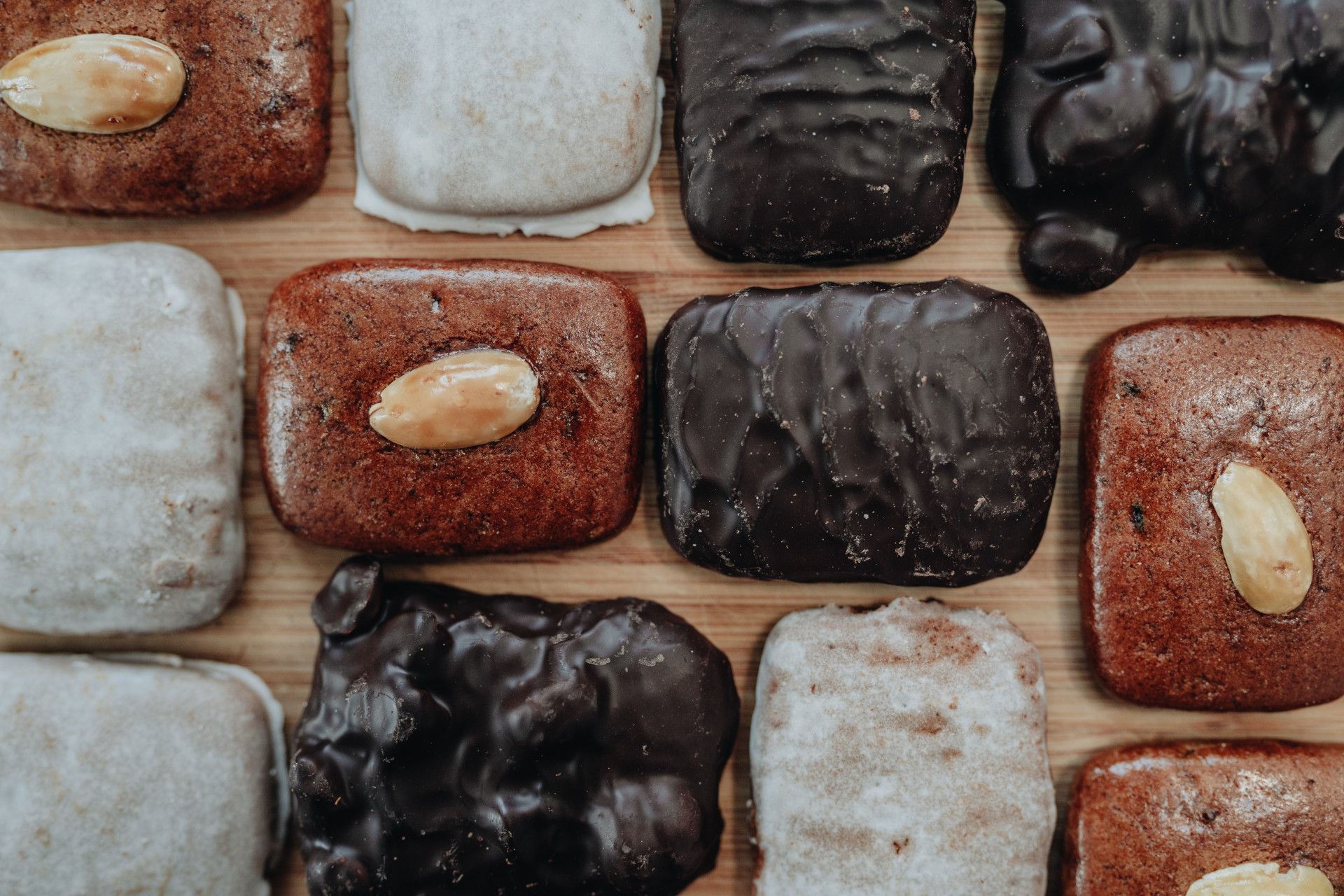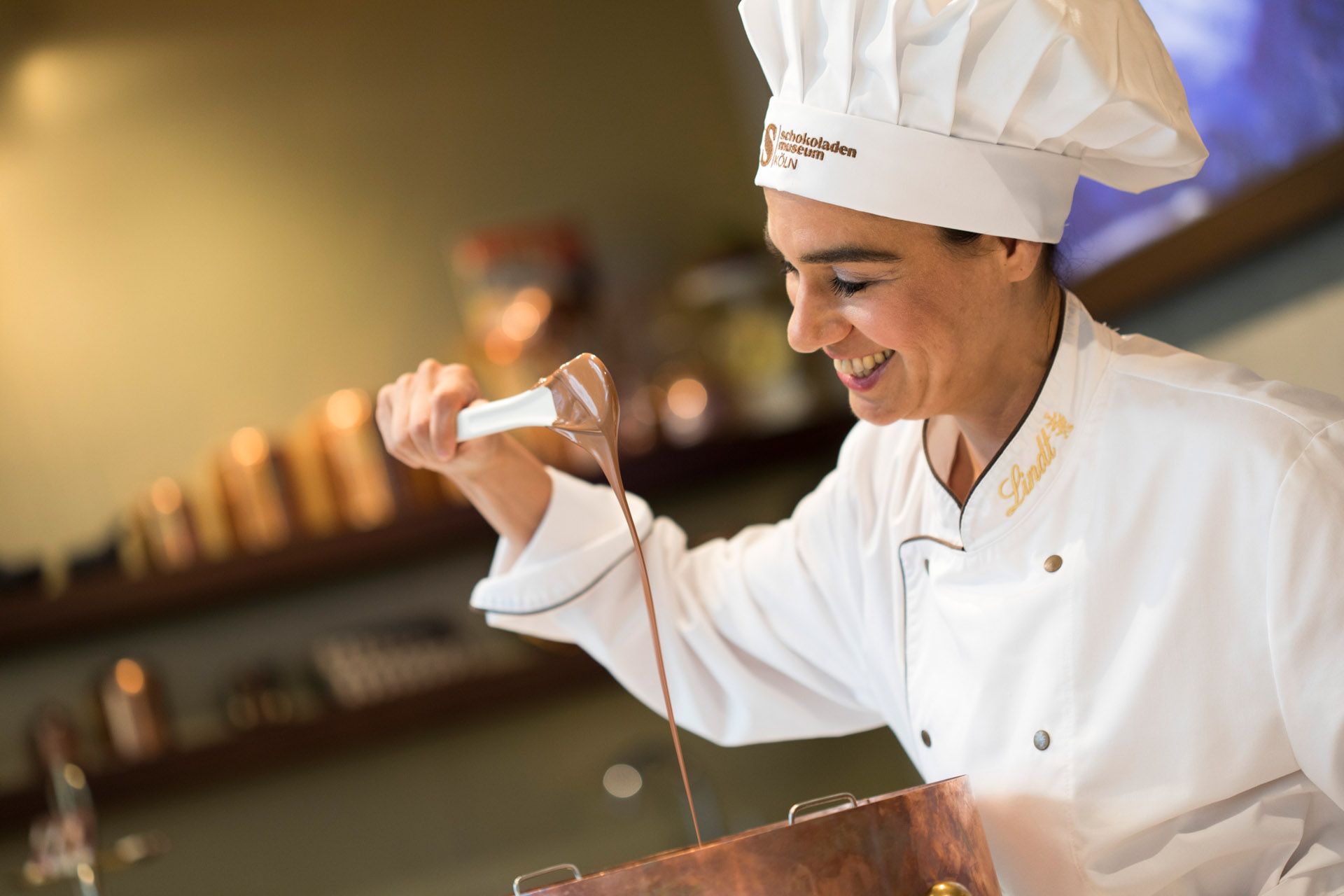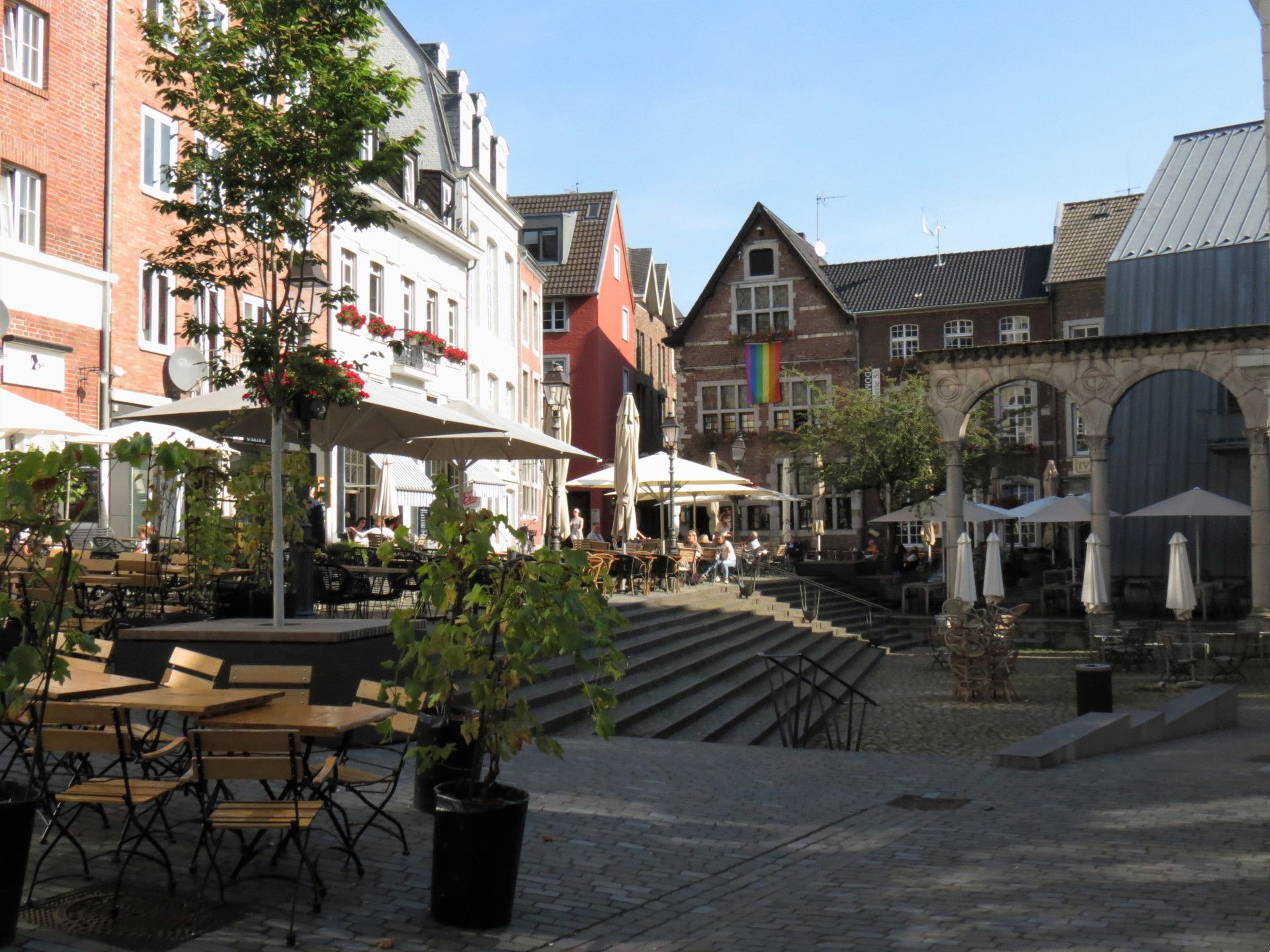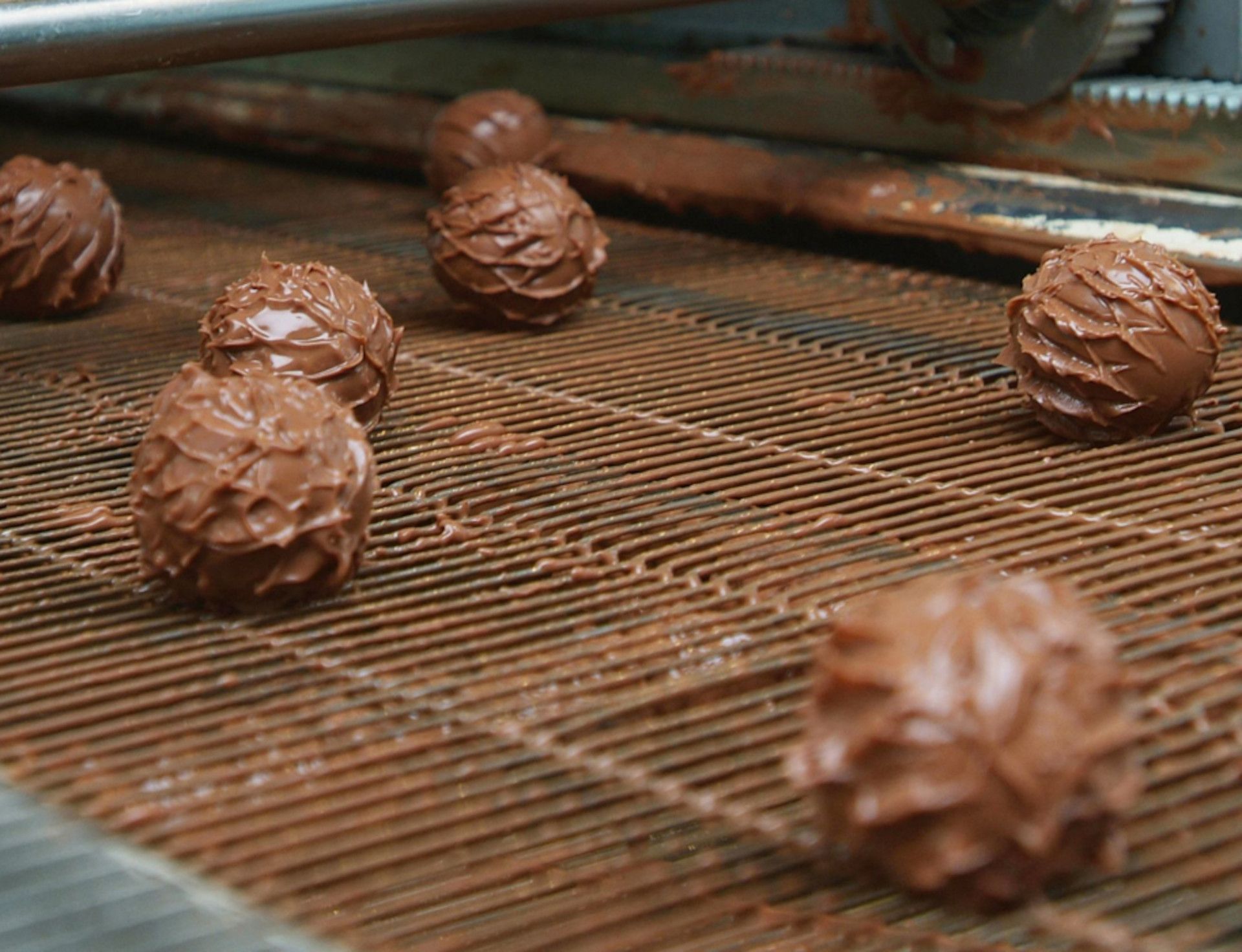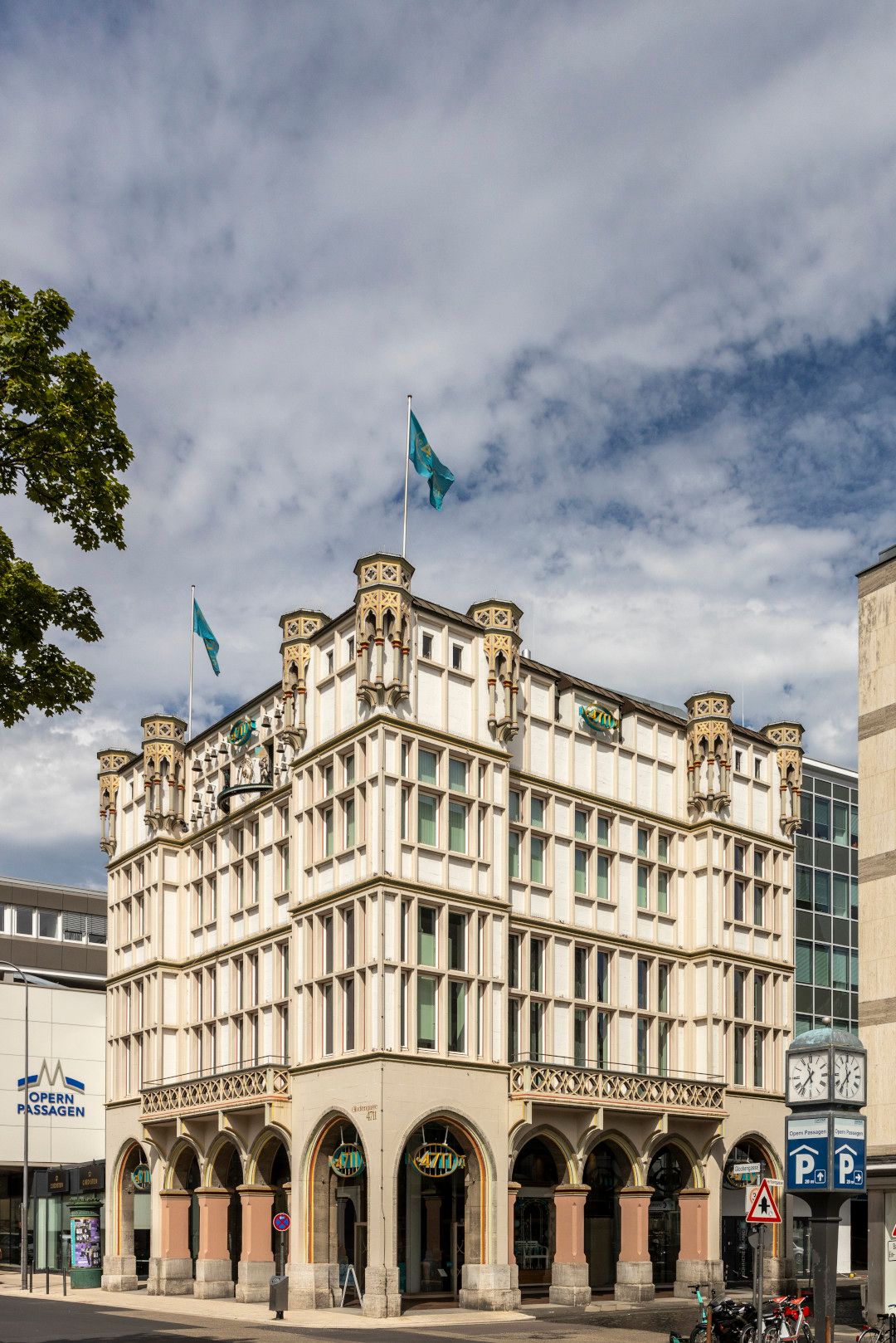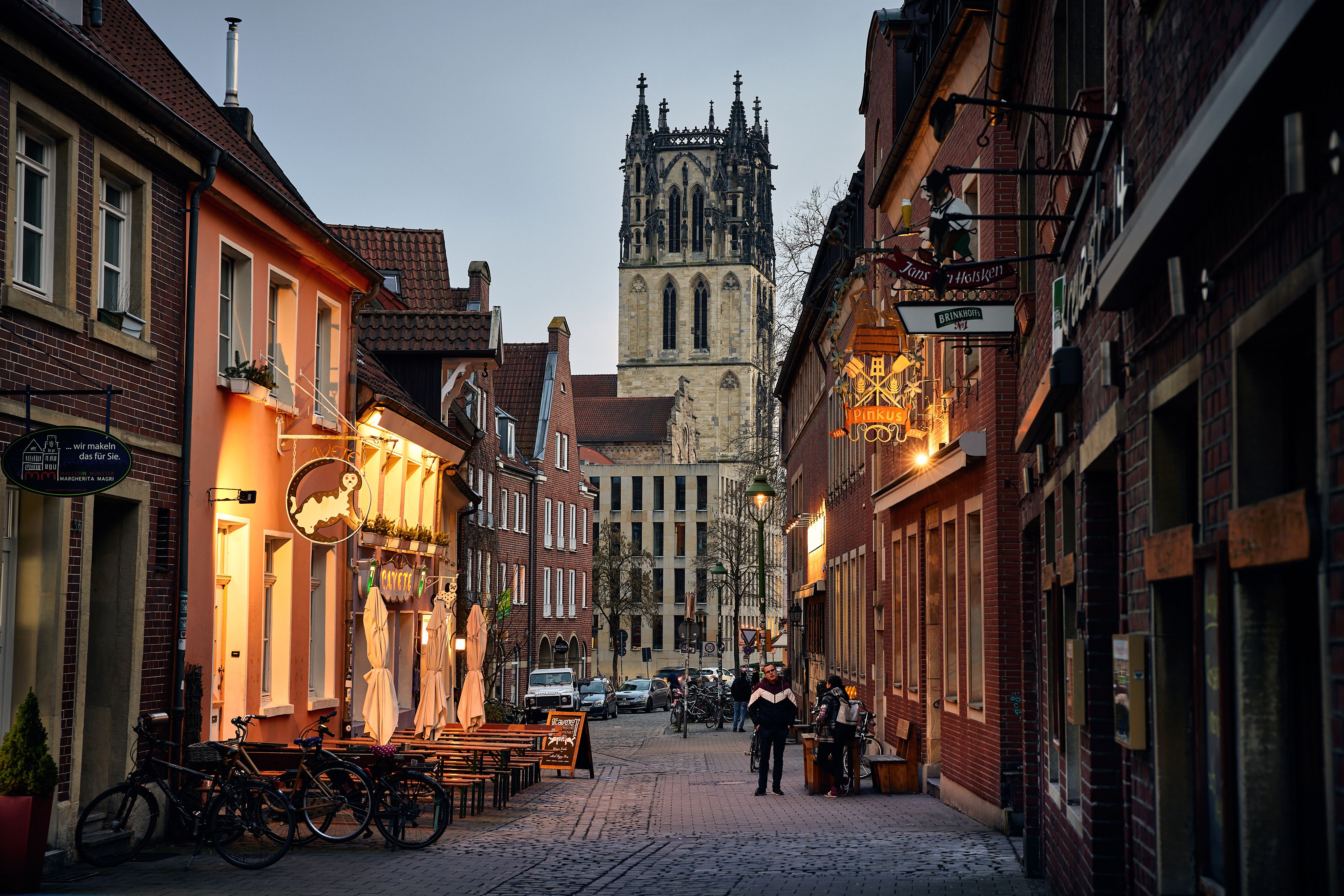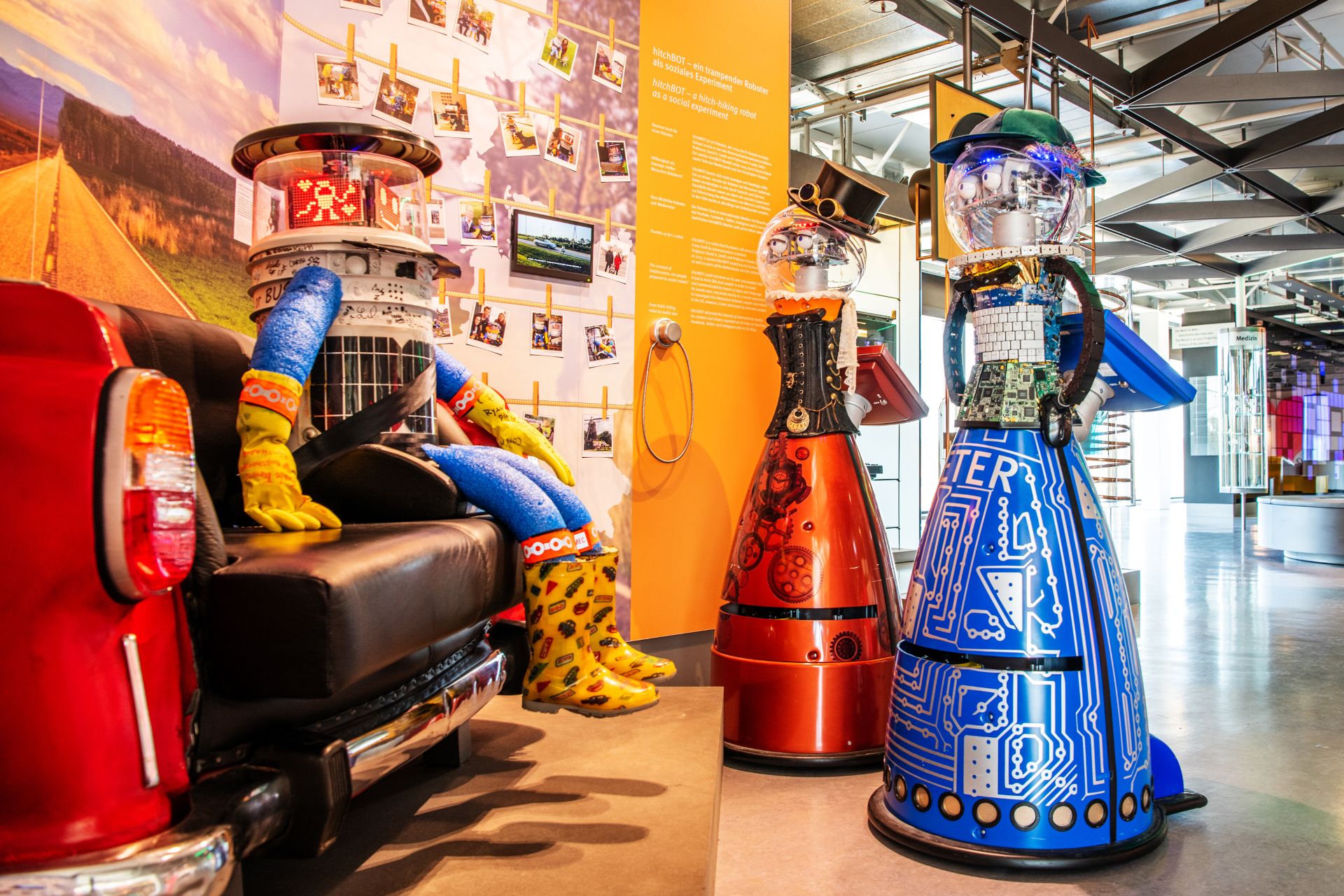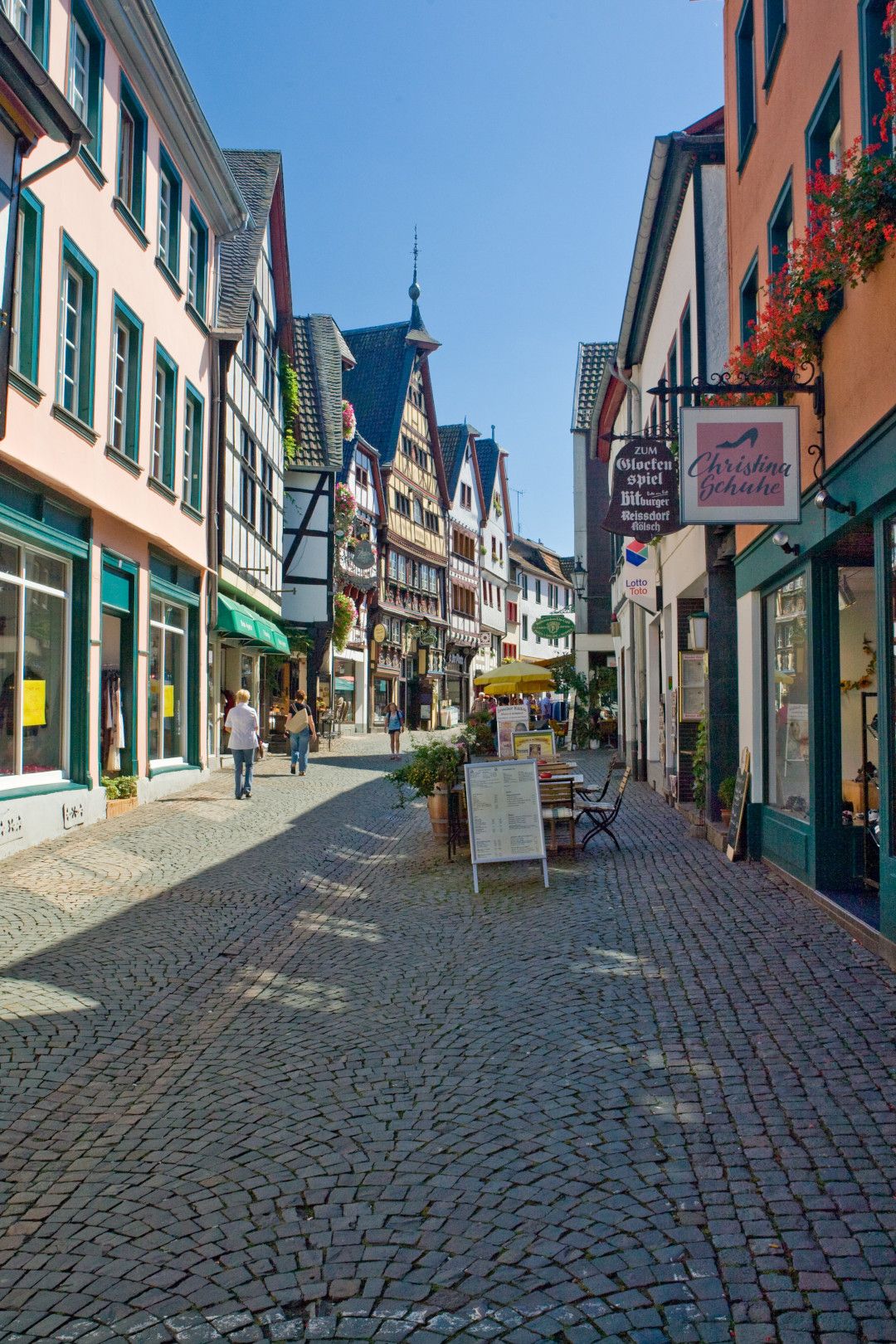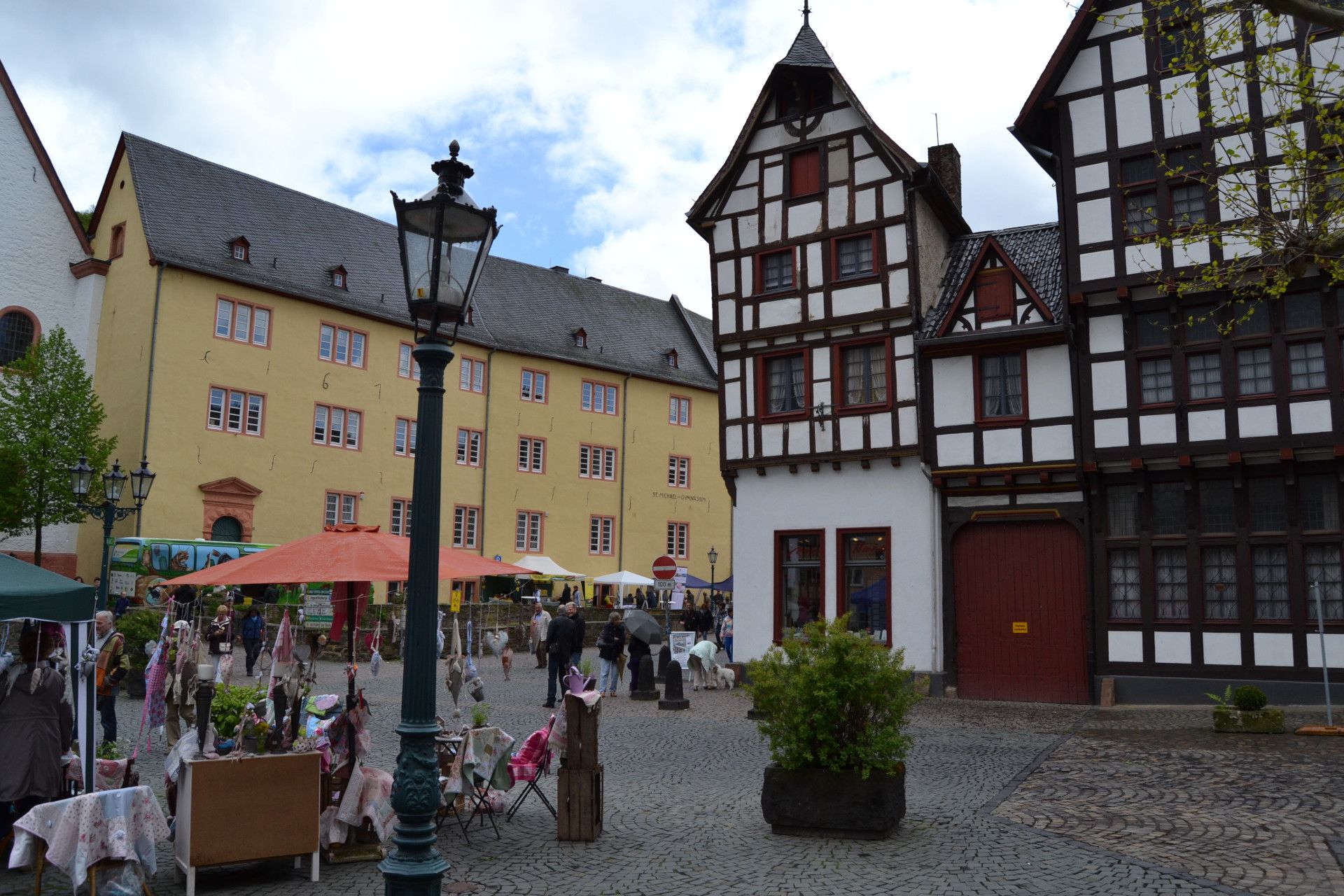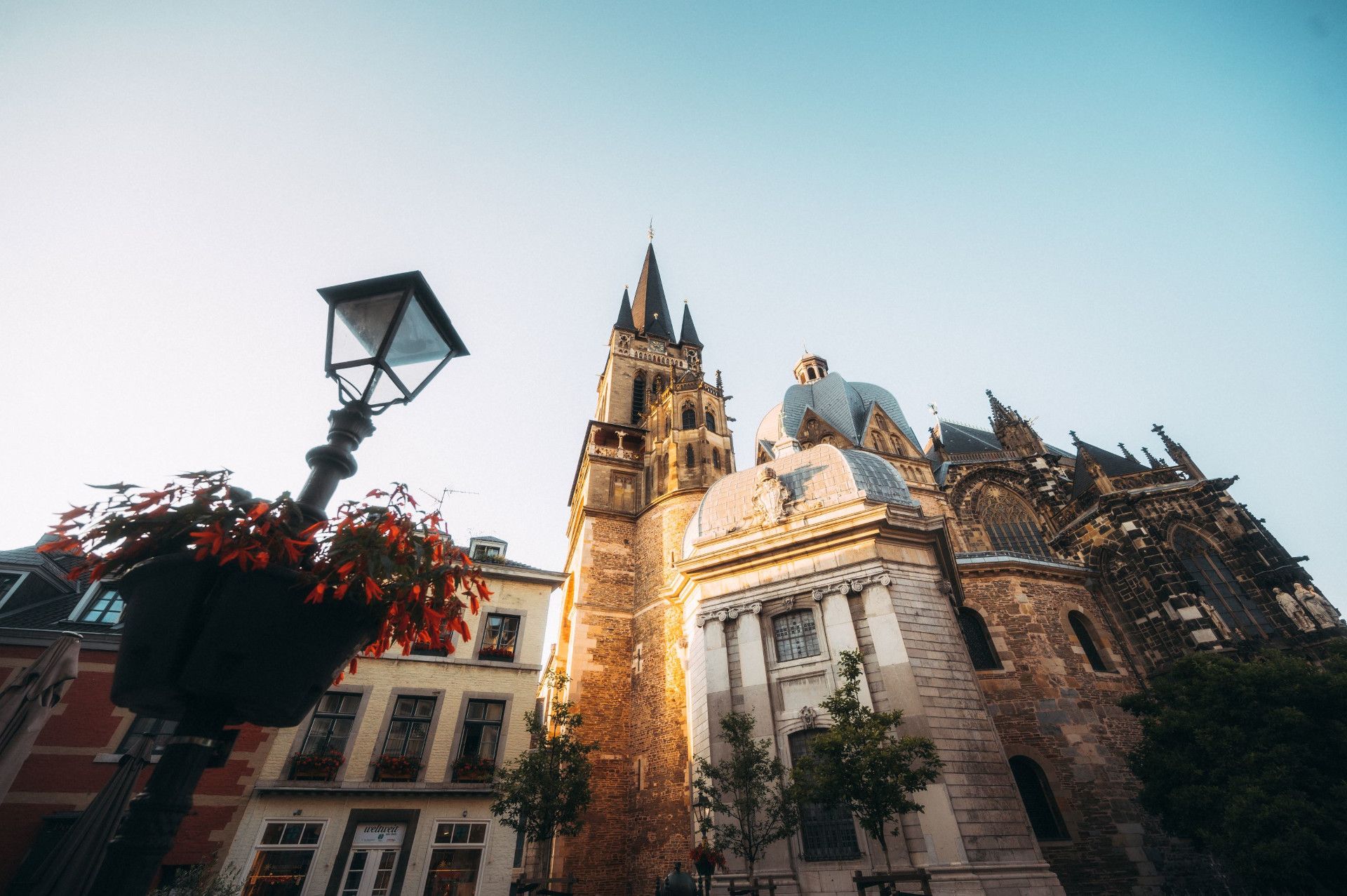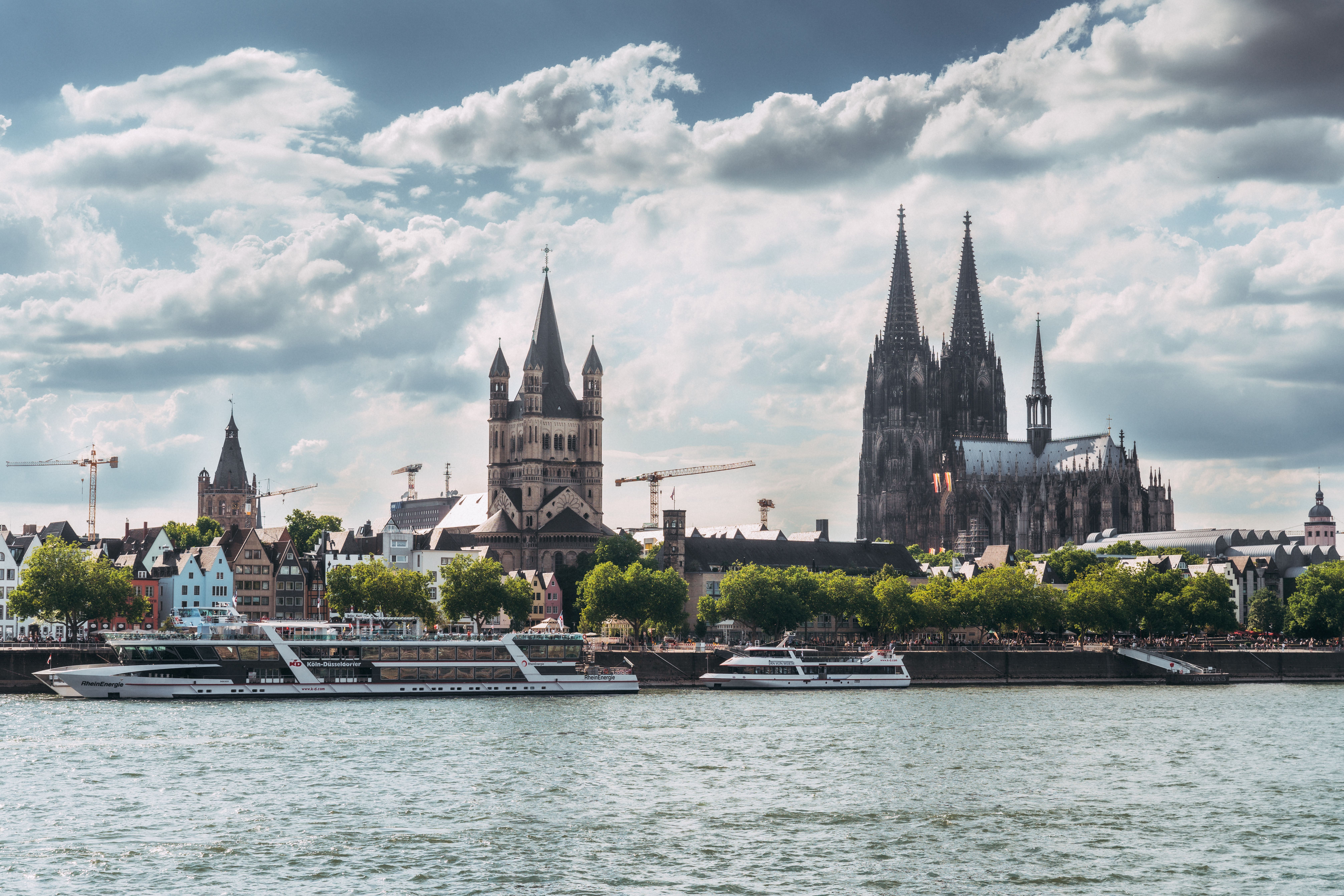Brandt rusks have been shipped from Hagen to many countries since 1912. The history of the biscuit, for which the orange-coloured packet with the smiling child's face has become a distinctive feature, can be explored in the Hagen Rusk Museum. In addition to the factory outlet and a modern bistro, the listed "Haus Stennert" also houses the Brandt Museum. In ten rooms, you can experience the history and present of biscuits up close - even for the little ones: they are guided through the exhibition by Zwack, the rusk man. Stops include the founder's room, rusk production with a steaming oven and a walk-in Brandt brand rusk box.
To the rusk museum
Right where the Stollwerck factory once made pralines and chocolates, visitors can now learn the secrets of sweets. The Chocolate Museum on the Rhine in Cologne, which has been run by Lindt & Sprüngli since 2006 and is one of the most visited museums in Germany, provides an insight into the past and present of chocolate production - and offers tastings. Guests can taste the sweet treat at the chocolate fountain and in chocolate courses.
Aachener Printen are served on coffee tables all over the world in the run-up to Christmas, but in the imperial city itself they are eaten all year round. Whether hard, soft, with herbs, chocolate or nuts: Only those that have been produced in Aachen and some neighbouring towns since 1820 are considered original Aachen Printen. The group tour "Sweet Aachen" offers background knowledge and tastings of these and other local specialities.
Enjoyment in Aachen | Printen tour
A good cup of tea is served in Düsseldorf: On a tour of the Teekanne brand headquarters, there are also interesting things to see, such as the world's largest porcelain teapot or the first fully automatic machine for producing the double-chamber bag. New teas can then be purchased at the factory outlet to take home.
About Teekanne
